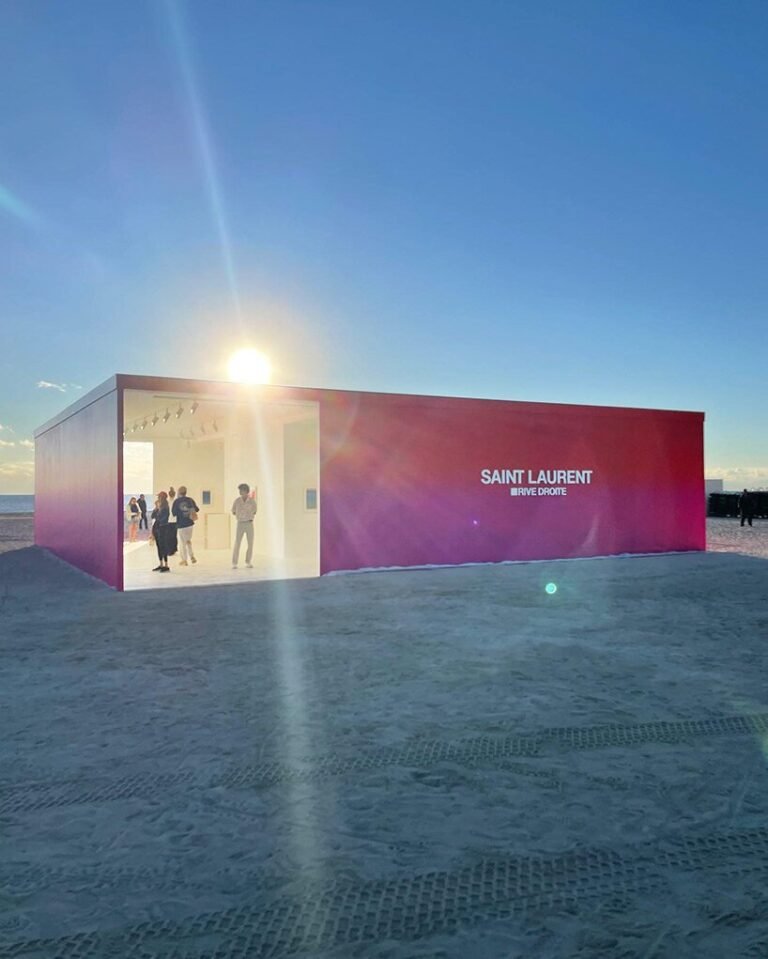casey brown units copper-clad cabin with movable awnings inside lush australian paddocks
copper-clad tiny cabin in australia offers off-grid experience
on a gentle rising hill in new south wales, australia, casey brown architecture has built ‘permanent camping II’ — a tiny copper-clad cabin with movable awnings. located some 500 m from the main house and only accessible by foot, the mini prefab house serves as a peaceful off-grid destination, opening towards unobstructed views of the surrounding lush paddocks and the pacific ocean. designed to provide only the essential requirements for shelter —a bed, a porch or deck, a fireplace, and a bathroom— the retreat has ‘everything you need and nothing you don’t’.

images by andrew loiteron
tiny but functional
the 3m x 3m floor plan of ‘permanent camping II’ covers the minimal area where two people can co-exist without uncomfortably invading each other’s personal space. the team at casey brown architecture decided to gather all cooking facilities and storage space on the ground floor. on this level, the sides of the cabin open up completely, leading occupants towards the morning deck and the afternoon deck, which double the usable floor space. the bed is accessed up a ladder on the second level mezzanine, while the bathroom takes shape as a separate tower with its own water tank and a composting toilet, linked to the rear of the cabin through a deck.

protected by a finely crafted copper skin
the main structure is made with recycled ironbark sourced from disused wharf floats, and wrapped in a copper envelope with movable awnings. three manual winches lift and lower the sides of the cabin, creating protected decks. in other words, the awnings close to ensure that the finely crafted ironbark interiors avoid the ravages of the australian sun, and open to reveal generous views to the occupants.
meanwhile, water is collected on the roofs and gravity fed to the tank above the bathroom and onto the shower and kitchen. a potbelly wood-fired stove heats the cabin at night, and solar panels on the roof provide power for lighting. permanent access is provided to the roof which doubles as a lightning conductor. in this way, the cabin serves as a secluded and sustainable destination, allowing residents to fall completely off the grid.



project info:
name: permanent camping II
architecture firm: casey brown architecture
design architect: rob brown
project architect: antje mahler
interiors: caroline casey
master craftsman: jeffery broadfield, mark preston
builder: pip smith; smith and primmer
engineers: adam coleman, canterlever engineers
photography: andrew loiteron
myrto katsikopoulou I designboom
dec 21, 2021


